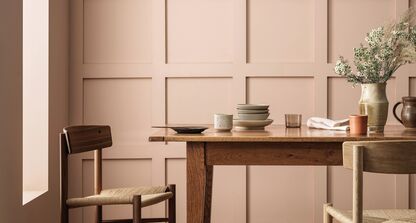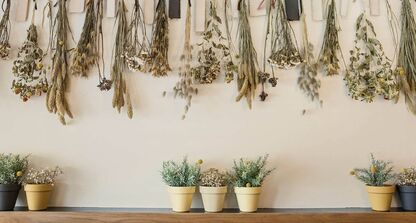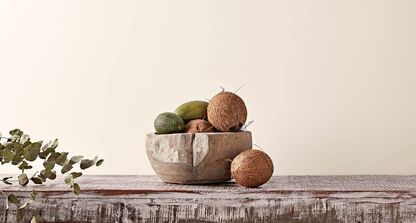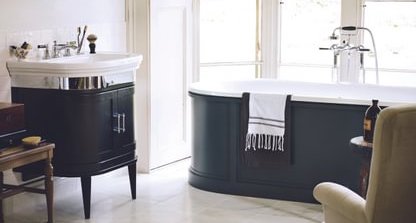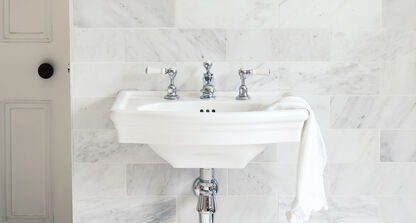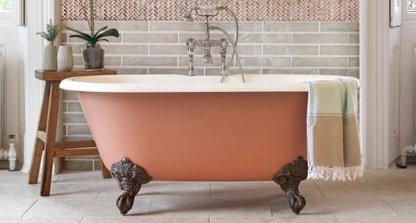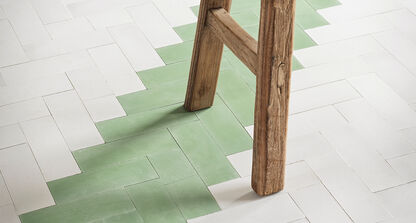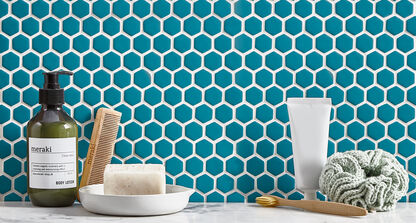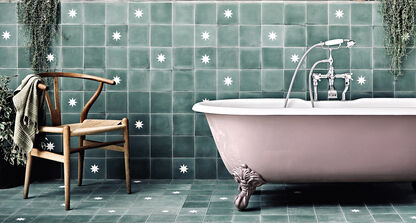How do I prepare a wall to tile?
Surface preparation:
Tiles can be fixed to most walls. The surface must be properly prepared, suitably level, sound, clean, dry, and free of dust, grease or any loose material. All surfaces must be completely secure without any obvious deflection and capable of carrying the additional load. Special care must be taken when tiling areas which may become damp or wet.
When tiling on to walls with floor tiles consideration must be given to weight, as floor tiles are often heavier than wall tiles. Our sales teams will be happy to confirm the weight of the tiles so you can confirm their suitability. You should include 3kg per m2 in your calculation to allow for the weight of the adhesive and grout.
Plaster (Gypsum) skimmed walls or plasterboard
Maximum weight loading 20kg/m2:
A backing coat and skim coat plaster must be allowed to dry for at least four weeks prior to tiling.
New plaster skim coat on top of plaster board must be allowed to dry for at least seven days prior to tiling.
All plaster surfaces should be primed with undiluted Norcros Prime Bond. If the plaster is dusty, porous or hard and shiny, it should be thoroughly brushed with a dry, stiff bristled brush before being primed with Norcros Prime Bond diluted at 1:4 with water. The diluted primer must be allowed to dry completely before an additional coat of undiluted Norcros Prime Bond is applied. All surfaces must be completely dry prior to tiling.
Bare Plasterboard
Maximum weight loading 32kg/m2:
Plasterboard can be tiled over provided it is firmly braced and fixed. No deflection should be evident in any of the boards. Plasterboard must be sealed with undiluted Norcros Prime Bond. The primer must be completely dry before tiling.
Timber
Maximum weight loading 30kg/m2:
Timber should be a good quality WBP plywood, a minimum of 12.5mm. All timber must be dry, firmly braced and fixed. No deflection should be evident in any of the boards. Seal the reverse, front, and edges with undiluted Norcros Prime Bond. It is important to prime the reverse and the edges of the boards, particularly in a wet area, to avoid the boards swelling and warping due to water ingress. The primer must be completely dry prior to tiling.
Existing tiles
Weight dependent on substrate type and existing tile weight:
Tiles often provide a good base for a new layer of tiling, provided they are flat and in good condition. Make sure they are entirely clean, degreased and firmly fixed to the wall. Any damaged or loose areas should be made good. Check that the surface to which the existing tiles are fixed will take the weight of the additional layer of tiles you are adding. Brush on a slurry bonding coat consisting of two parts cement-based adhesive to one part Norcros Prime Bond and allow to dry before fixing begins. This surface preparation will provide a key for the tile adhesive to bond to.
Rendered walls
Maximum weight loading 40kg – 50kg/m2:
Tiles can be fixed directly on to sand and cement renders as this is an ideal base for very thick handmade tiles and natural materials, such as slate and stone. New render must be at least 14 days old (21 days in total immersion areas) or until suitably dry, prior to tiling. Dusty surfaces must be thoroughly dry brushed. Porous renders must be primed with Norcros Prime Bond diluted 1:4 with water. The primer must be completely dry prior to tiling.
Unrendered walls
Maximum weight loading 40kg – 50kg/m2:
Most bricks and blocks can be tiled directly on to provided they are sufficiently flat to receive the tiled finish. Lightweight and medium dense block-work must be primed with Norcros Prime Bond diluted 1:4 with water. In areas subjected to wetting, a render coat must be applied to lightweight and medium dense block-work. The primer must be completely dry prior to tiling.
Papered and painted walls
Fired Earth does not recommend tiling on to papered or painted surfaces. The paper or paint should be completely removed and the substrate primed with Norcros Prime Bond diluted 1:4 with water. The primer must be completely dry prior to tiling.
Tile Backer Board
Max weight loading 40kg - 60kg/m2:
Ensure the board is correctly installed according to manufacturer’s specifications prior to tiling.
Bumps, hollows, irregularities, uneven surfaces etc.
Defects likely to affect the standard of the finished tiling should be rectified prior to tiling. Any hollows should be filled with a suitable filler and then allowed to dry. Old adhesive must be removed. In severe cases, the wall finish may require total replacement. Walls should not deviate by +/– 3mm along a two metre straight edge.
Hearths and fireplaces
Care should be exercised when tiling on to hearths or fire surrounds. Ensure the tiles are kept a minimum of 300mm away from direct contact with flames or the main heat source. Not all tiles are suitable for use in this area. Check with our Sales Team to confirm which tiles are.
Showers
Extra care must be exercised when tiling domestic showers. Fired Earth sells Shower Liner for walls and Fleximat for floors, which can be used to prevent problems with water ingress. If you require any additional information on projects of this type, please contact our Technical Department. Showers should not be used for at least 14 days after the tiling has been completed.
Be led by your professional installer. Major Heat Sources:
After the tiling is completed please consult your professional installer before switching on major heat sources, such as an Aga range cooker.


